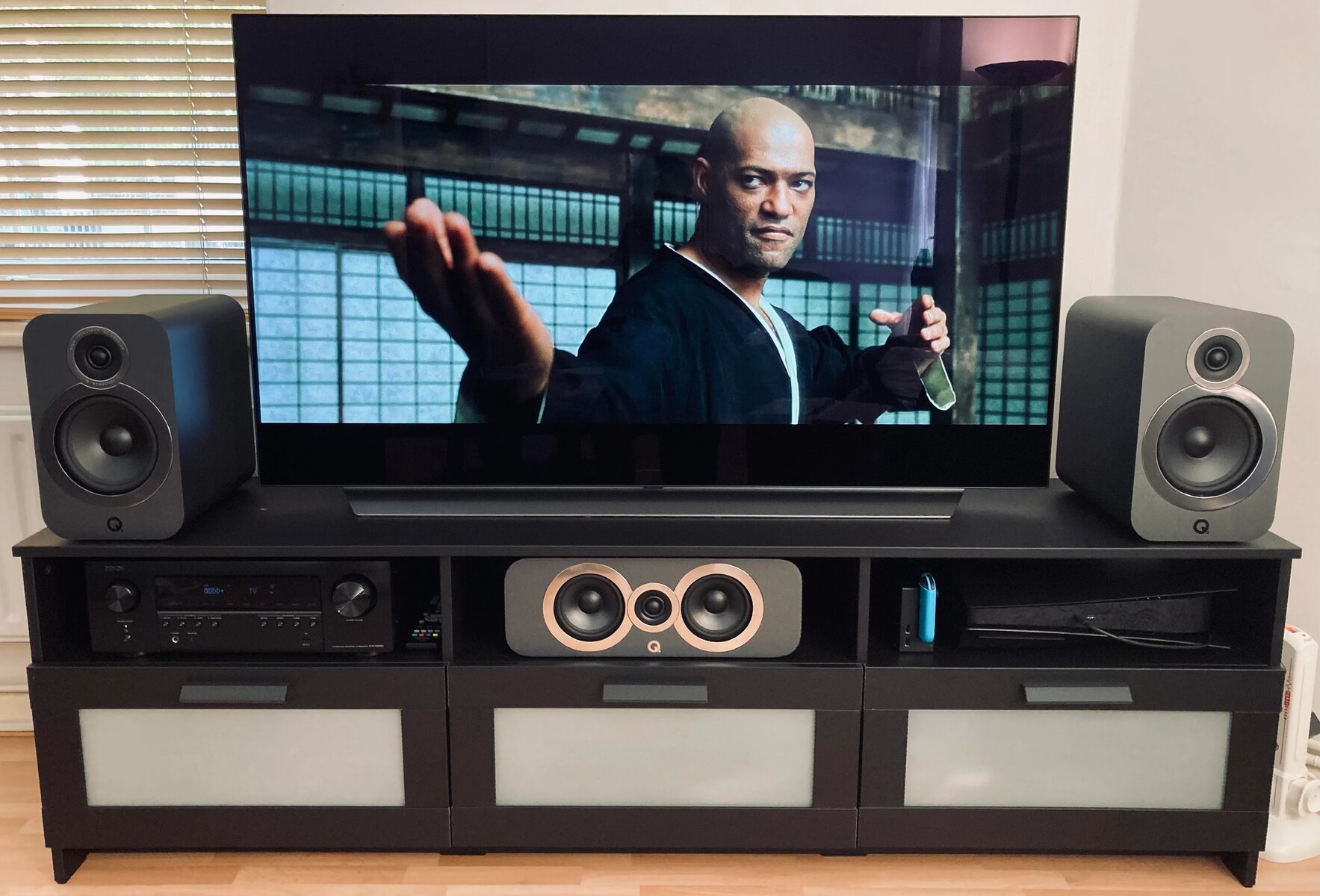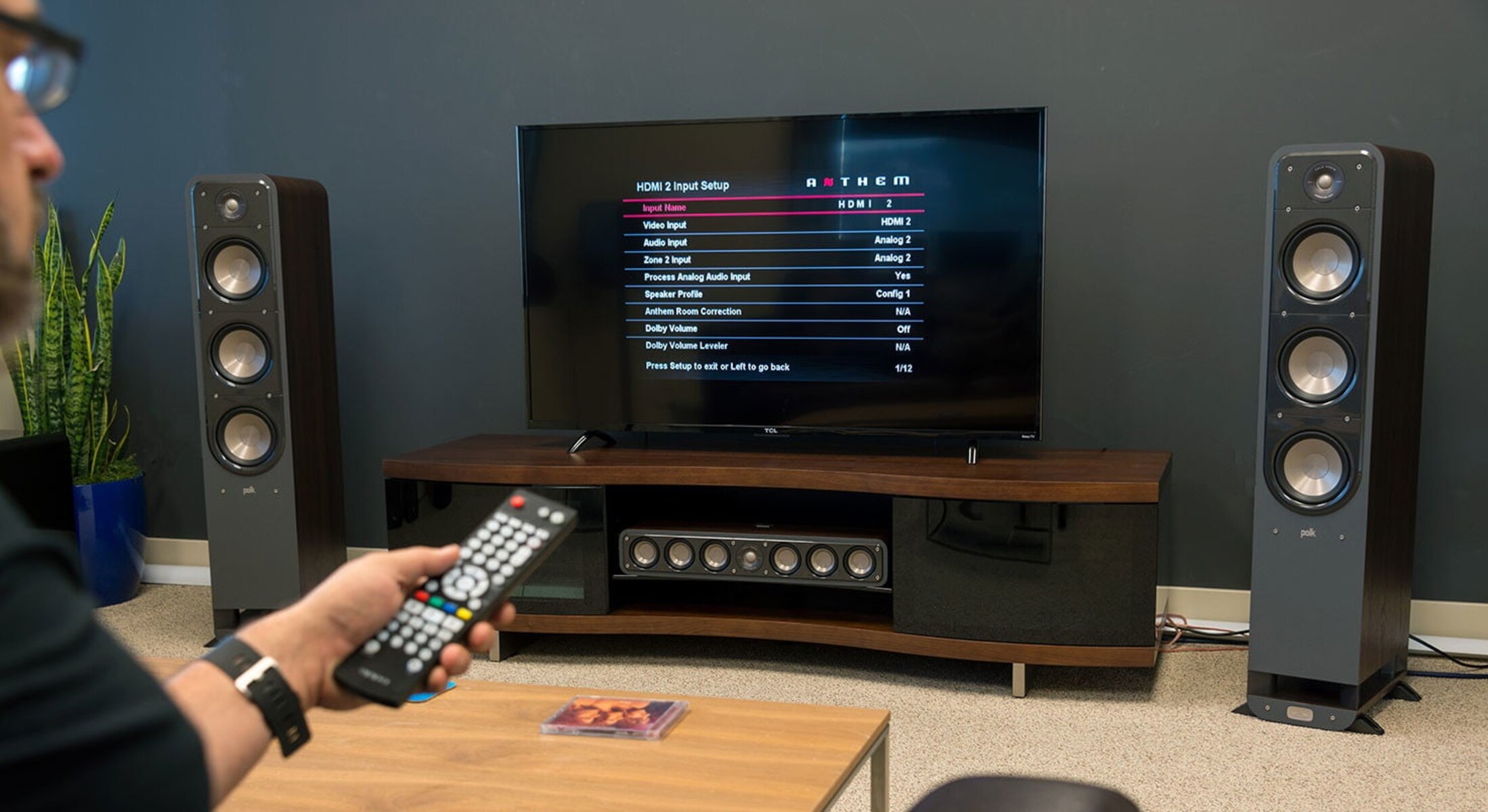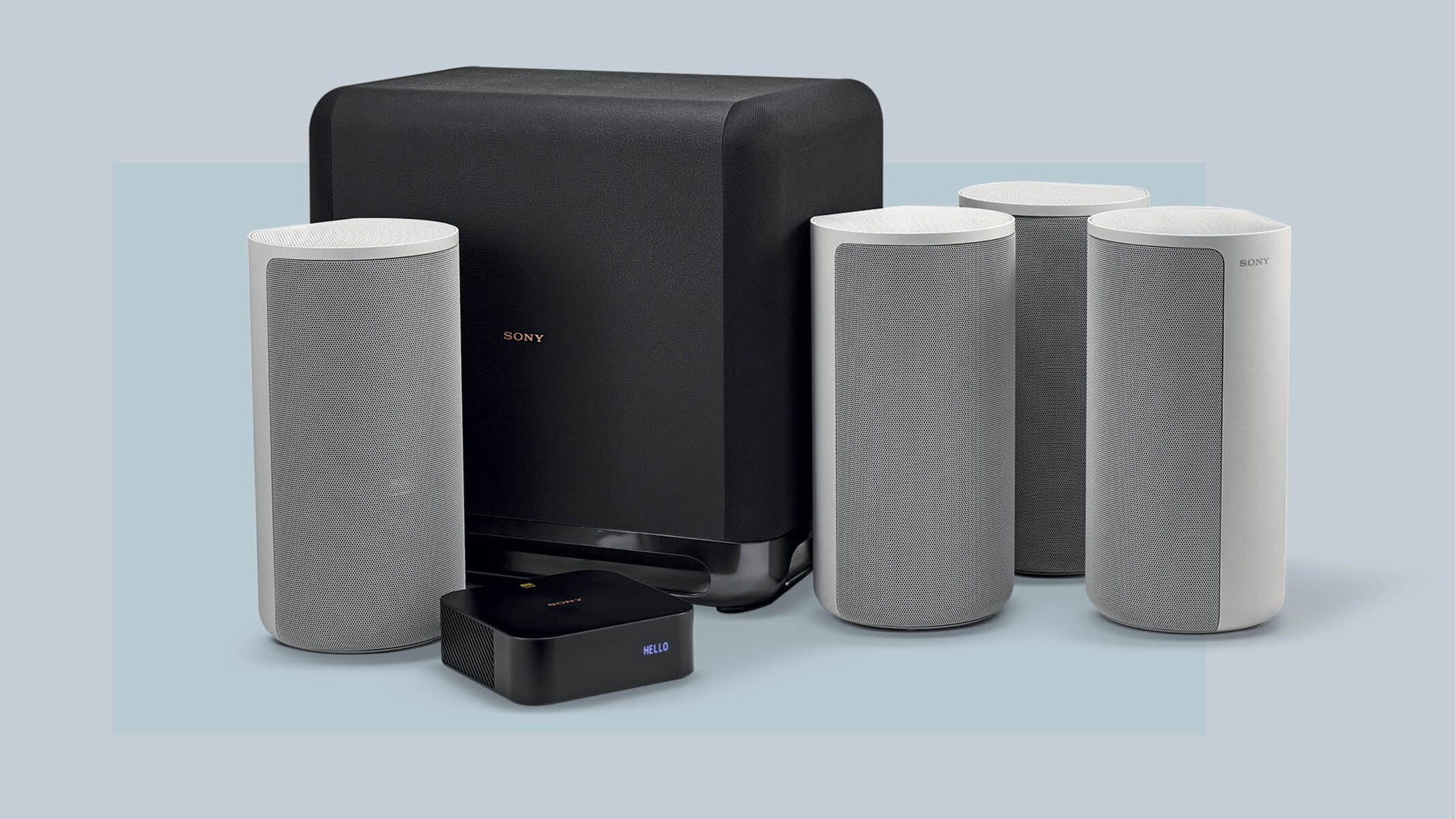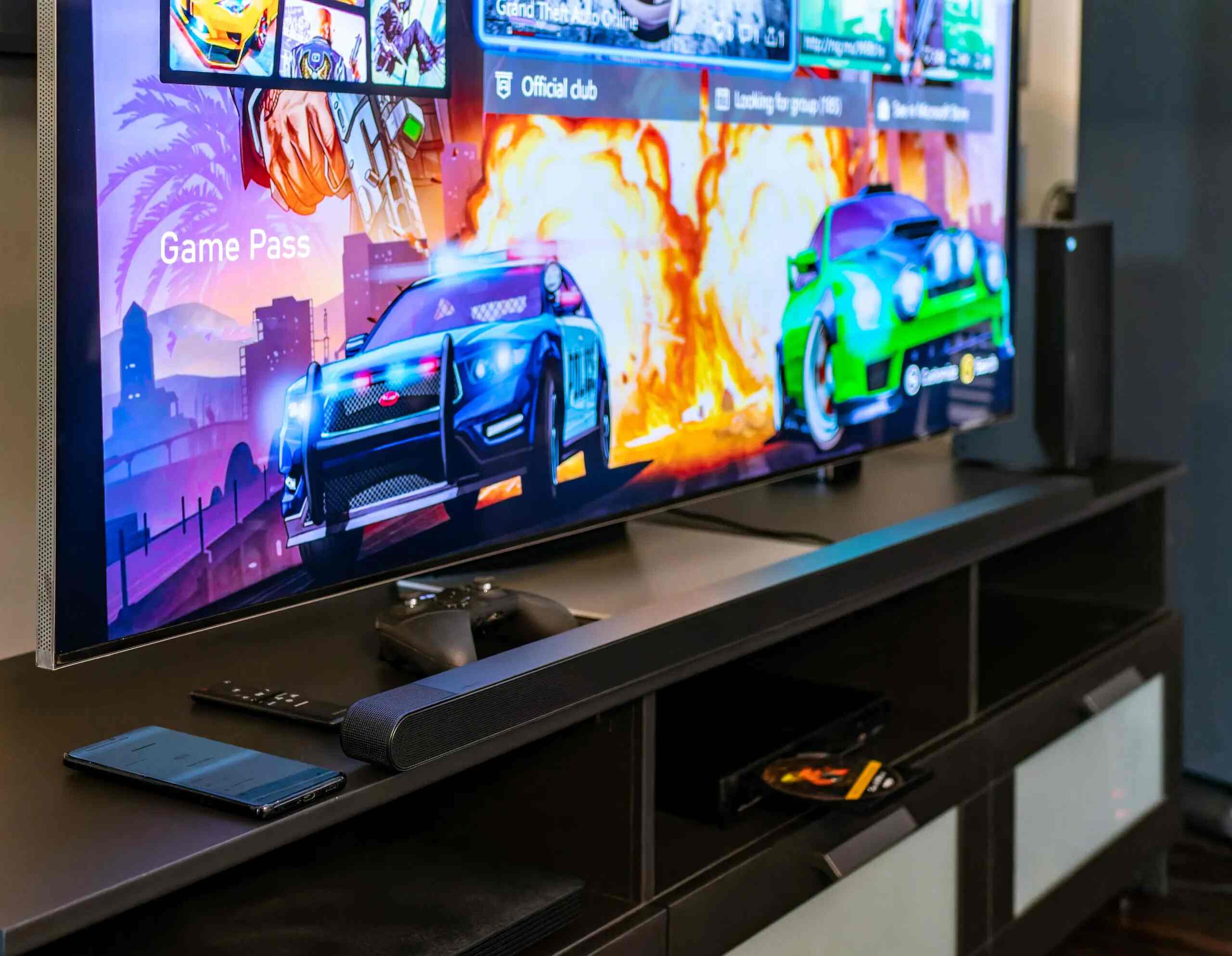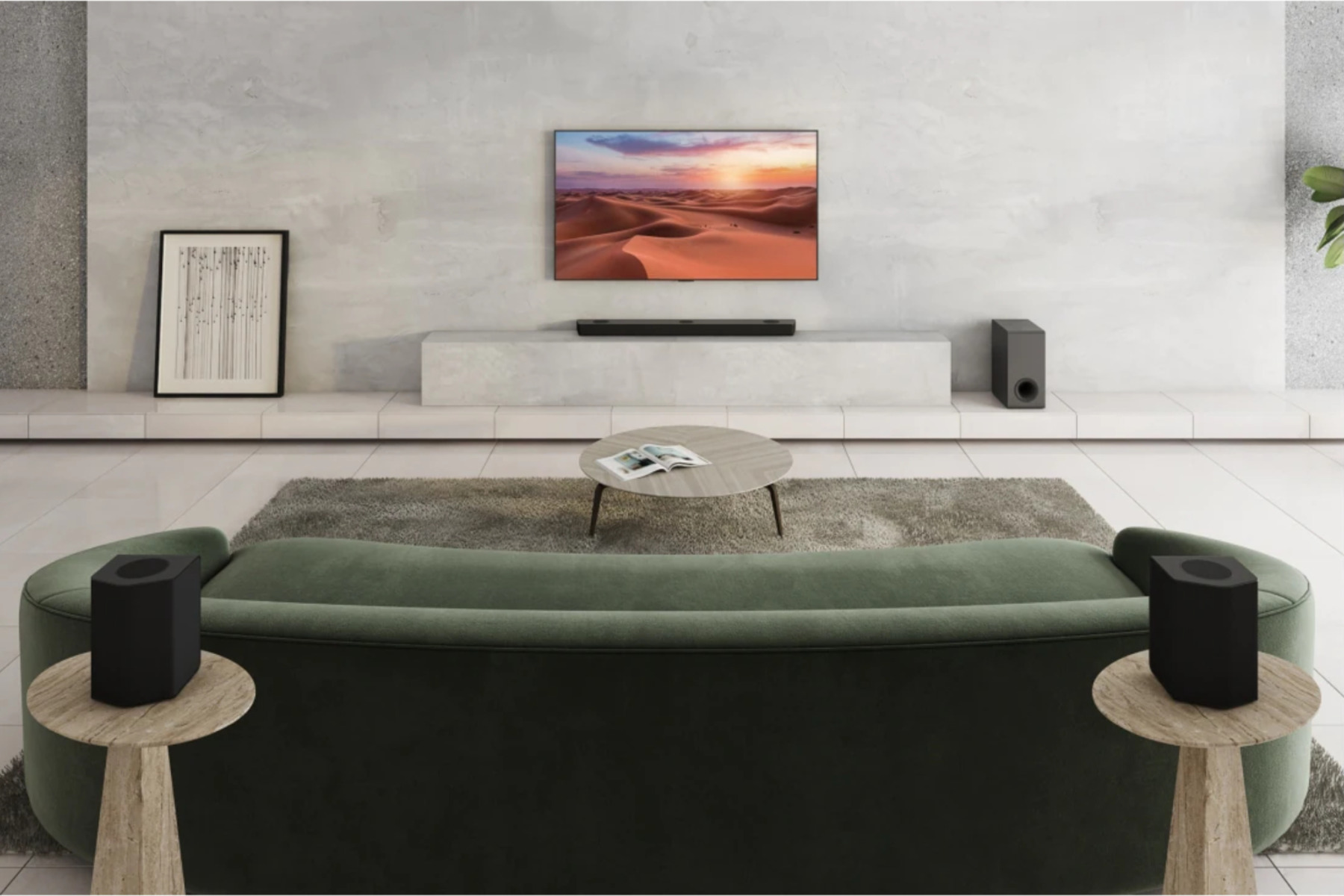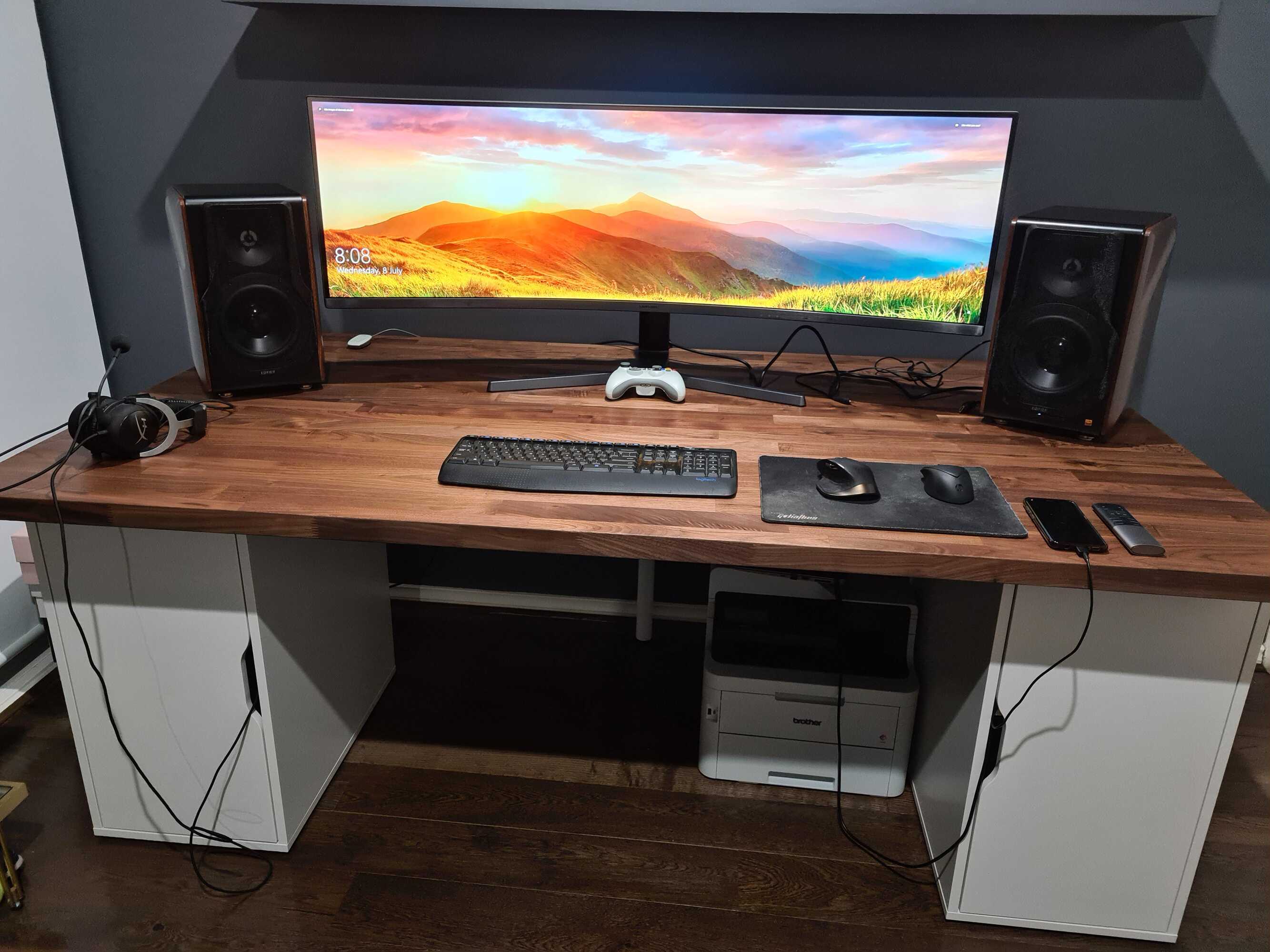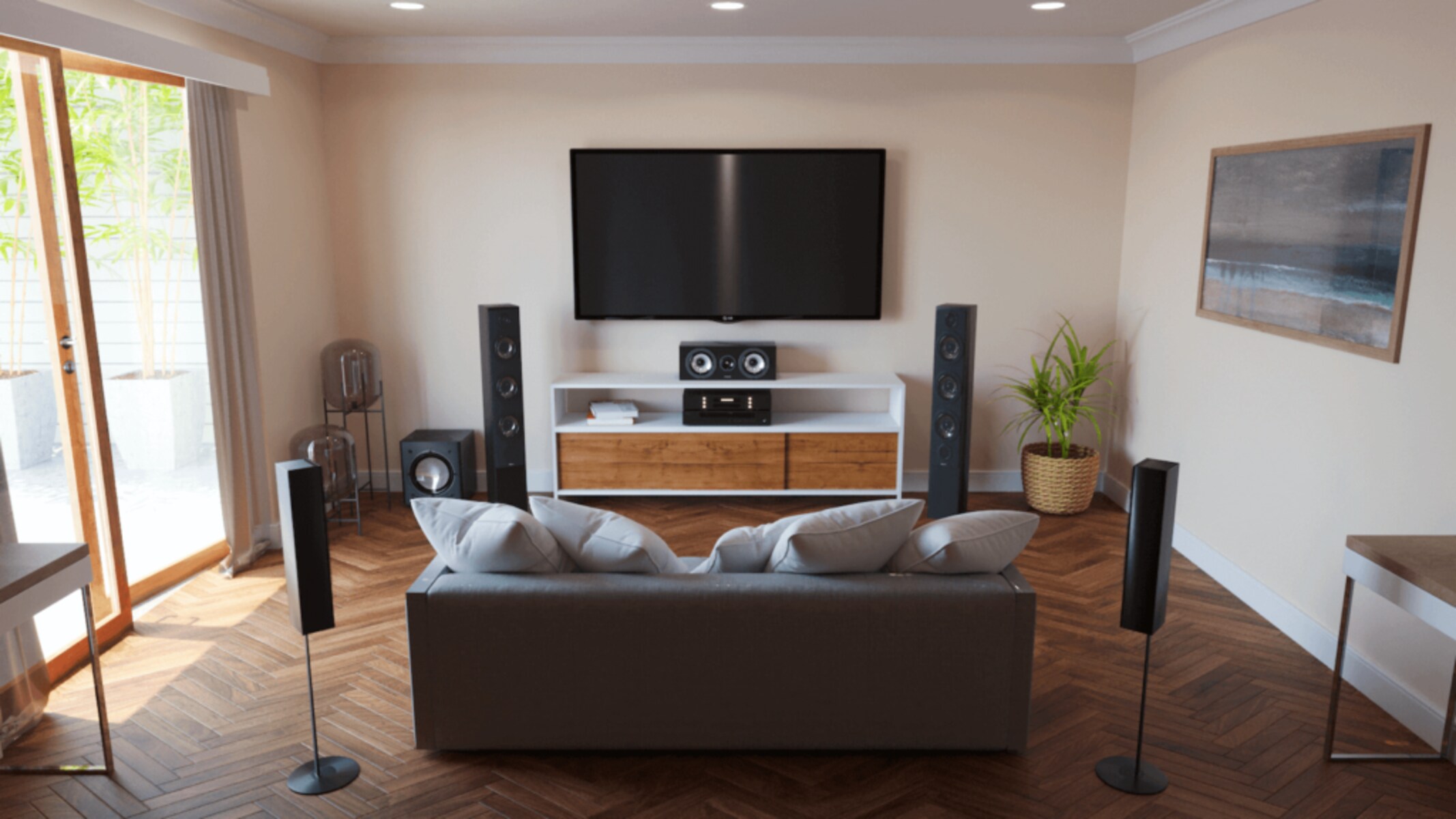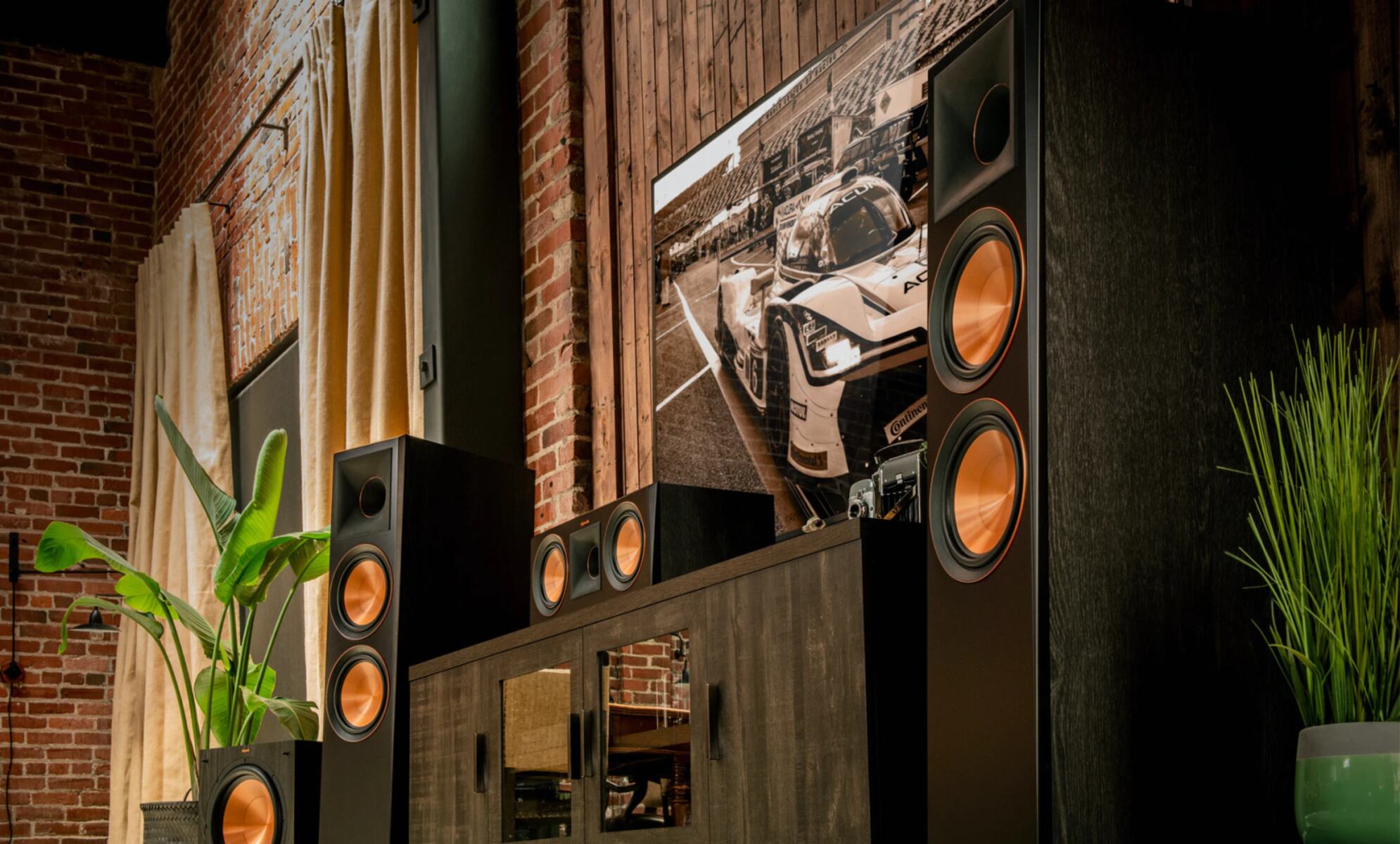**
Introduction
**
Setting up a digital surround sound system can transform your home entertainment experience, enveloping you in rich, immersive audio. However, to truly unlock the potential of your system, it's crucial to set the speaker levels correctly. This ensures that sound is evenly distributed, creating a balanced and lifelike audio environment. In this guide, we'll delve into the intricacies of adjusting speaker levels in a digital surround sound setup, empowering you to optimize your audio experience.
Whether you're a seasoned audiophile or a newcomer to the world of home theater systems, understanding speaker levels is essential. By comprehending the nuances of speaker placement and calibration, you can harness the full potential of your audio equipment, delivering a captivating and authentic soundstage.
Navigating the intricacies of speaker levels involves more than just turning up the volume. It's about fine-tuning the audio output from each speaker to harmonize with the acoustics of your room. This process demands attention to detail and a keen ear for audio balance, but the results are well worth the effort.
By the end of this guide, you'll be equipped with the knowledge and practical insights to set your speaker levels effectively, ensuring that every movie, music track, or gaming session is accompanied by a captivating audio experience that fully immerses you in the content.
So, let's embark on this journey to unlock the true potential of your digital surround sound system by mastering the art of setting speaker levels.
Understanding Speaker Levels
Before diving into the process of setting speaker levels, it’s essential to grasp the fundamental concepts behind speaker placement and calibration. Each speaker in a surround sound system plays a distinct role in delivering a comprehensive audio experience. Understanding the function of each speaker and its optimal level is crucial for achieving balanced and immersive sound.
1. Speaker Roles:
- The front speakers, typically positioned on the left and right sides of the screen, handle the bulk of the audio, including dialogue, music, and sound effects. These speakers serve as the primary source of audio in many entertainment scenarios.
- The center speaker is dedicated to delivering clear and focused dialogue, anchoring the on-screen action with precise vocal reproduction.
- Surround speakers, placed to the sides or behind the viewing area, contribute to ambient sounds, environmental effects, and spatial audio, enhancing the sense of immersion.
- The subwoofer, responsible for reproducing low-frequency effects, adds depth and impact to the audio, especially during intense action sequences and musical performances.
2. Decoding Speaker Levels:
Speaker levels refer to the volume at which each speaker operates relative to the others. Achieving balanced speaker levels ensures that no single speaker overpowers the others, creating a seamless audio panorama. Proper speaker levels are crucial for maintaining dialogue clarity, spatial accuracy, and overall sonic cohesion.
3. Room Acoustics:
Room acoustics play a pivotal role in shaping how sound propagates and interacts with the listening environment. Factors such as room size, shape, and furnishings can influence how audio is perceived. Understanding these acoustical elements can guide the optimization of speaker levels to accommodate the unique sonic characteristics of your space.
By comprehending the distinct roles of each speaker, deciphering speaker levels, and acknowledging the influence of room acoustics, you lay the groundwork for a well-informed approach to setting speaker levels in your digital surround sound system.
Setting Speaker Levels
Now that you have a foundational understanding of speaker roles and the significance of balanced levels, it’s time to delve into the process of setting speaker levels in a digital surround sound system. This involves adjusting the volume of each speaker to ensure that they harmonize seamlessly, delivering a cohesive and immersive audio experience.
1. Calibration Tools:
Many modern surround sound receivers offer built-in calibration tools, such as automatic speaker setup systems. These tools use a small microphone to analyze test tones emitted by each speaker, automatically adjusting their levels and optimizing the audio output to suit the acoustics of your room. Leveraging these calibration tools can simplify the process of setting speaker levels, especially for those new to audio calibration.
2. Manual Calibration:
For those seeking a more hands-on approach, manual calibration provides a deeper level of control over speaker levels. Using a sound level meter, you can measure the volume output of each speaker and adjust it to match a reference level, typically 75 decibels (dB). This method allows for precise fine-tuning, ensuring that each speaker contributes to the overall audio landscape without overpowering the others.
3. Balance and Integration:
When setting speaker levels, it’s vital to achieve a harmonious balance between the speakers, creating a cohesive soundstage. The front speakers should maintain a dominant yet balanced presence, while the center speaker delivers clear and intelligible dialogue. The surround speakers contribute to the immersive ambience, and the subwoofer adds depth and impact without overshadowing the other speakers.
4. Iterative Adjustment:
After initially setting the speaker levels, it’s essential to engage in iterative testing and adjustment. Listen to various types of audio content, such as movies, music, and games, to assess the performance of the speaker levels in different scenarios. Make incremental adjustments as needed to refine the balance and integration of the speakers, ensuring that they collectively deliver an engaging and enveloping audio experience.
By embracing calibration tools, engaging in manual calibration, prioritizing balance and integration, and iteratively refining the speaker levels, you can elevate your digital surround sound system to deliver a captivating and immersive audio environment.
Testing and Adjusting Speaker Levels
Once you have set the initial speaker levels, the next crucial step is to test and fine-tune the audio output to ensure that each speaker operates optimally within your surround sound system. This process involves assessing the performance of the speakers across various audio content and making targeted adjustments to refine their levels.
1. Content Variety:
Testing the speaker levels across a diverse range of audio content is essential for evaluating their performance in different scenarios. Utilize movie scenes with dynamic sound effects, music tracks with varying instrumentation, and video games with immersive audio environments to gauge how the speakers handle distinct sonic elements. This approach provides comprehensive insights into the balance and coherence of the speaker levels.
2. Dialogue Clarity:
During the testing phase, pay particular attention to dialogue clarity, especially when utilizing the center speaker. Adjust its level to ensure that dialogue remains intelligible and well-defined, anchoring the on-screen action with precision. Fine-tuning the center speaker’s level enhances the overall coherence of the audio, especially in dialogue-heavy content.
3. Surround Immersion:
Assess the performance of the surround speakers in creating an immersive audio environment. They should seamlessly integrate ambient sounds, environmental effects, and spatial audio cues, enriching the overall listening experience. Adjust the surround speaker levels to achieve a balanced and enveloping surround sound field, enhancing the sense of immersion across various types of content.
4. Subwoofer Impact:
The subwoofer’s impact and depth are pivotal for delivering a compelling audio experience, especially during intense action sequences and musical passages. Test the subwoofer level across content with pronounced low-frequency effects, ensuring that it adds depth and impact without overpowering the other speakers. Fine-tune the subwoofer level to strike a balance between visceral impact and seamless integration with the overall audio output.
5. Listener Position:
Consider the positioning of the primary listening area when testing and adjusting speaker levels. Ensure that the speaker levels are optimized for the specific listening environment, accounting for factors such as seating distance, room acoustics, and the overall layout of the space. This tailored approach enhances the listener’s immersive audio experience.
By systematically testing the speakers across diverse content, prioritizing dialogue clarity, optimizing surround immersion, refining subwoofer impact, and considering the listener’s position, you can make targeted adjustments to the speaker levels, ensuring that your digital surround sound system delivers a captivating and cohesive audio experience across a spectrum of entertainment content.
Conclusion
Mastering the art of setting speaker levels in a digital surround sound system is a transformative journey that elevates your home entertainment experience to new heights. By understanding the distinct roles of each speaker, deciphering the nuances of speaker levels, and embracing iterative testing and adjustment, you can create a captivating and immersive audio environment that enriches every audio-visual experience.
As you embark on this audio calibration odyssey, remember that achieving balanced speaker levels is not merely about technical precision; it’s about crafting an audio landscape that resonates with the emotional depth of the content you enjoy. Whether it’s the thunderous impact of a cinematic explosion, the nuanced melodies of a symphony, or the immersive ambiance of a virtual world, balanced speaker levels ensure that every sonic detail is faithfully reproduced, drawing you deeper into the heart of the experience.
By leveraging calibration tools, engaging in manual calibration, prioritizing balance and integration, and iteratively refining the speaker levels, you have the power to tailor your audio environment to suit your unique preferences and listening space. This personalized approach allows you to savor the full spectrum of audio content, from whispered dialogues to thunderous crescendos, with uncompromising fidelity and immersion.
As you fine-tune the speaker levels to harmonize seamlessly, you are not just adjusting volume levels; you are sculpting an auditory masterpiece that complements and enhances the visual splendor of your entertainment. Every whisper, every explosion, and every musical note becomes an integral part of an intricately woven sonic tapestry that envelops and enraptures you, transcending the confines of the physical space.
So, embrace the art of setting speaker levels with an attentive ear and a discerning spirit, for within the symphony of balanced audio lies the key to unlocking the full emotional impact of your favorite entertainment. Let the harmonious interplay of speakers transport you to realms where sound transcends mere listening and becomes a visceral, transformative force, enriching your moments of leisure and delighting your senses with its boundless allure.
May your journey in mastering speaker levels be not just a technical pursuit, but a deeply enriching odyssey that imbues every moment of entertainment with the enchanting magic of perfectly balanced sound.







